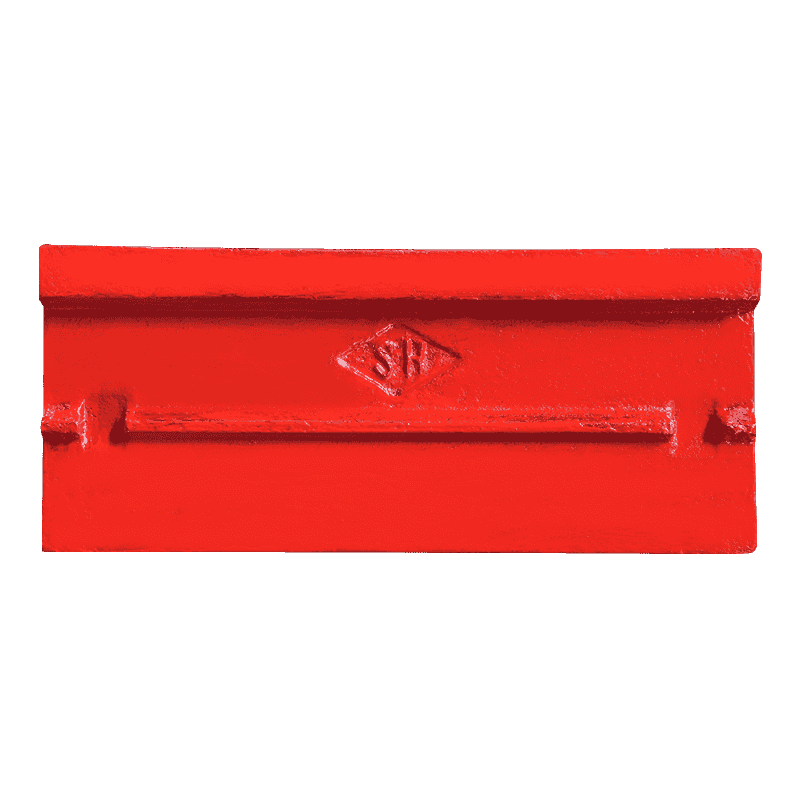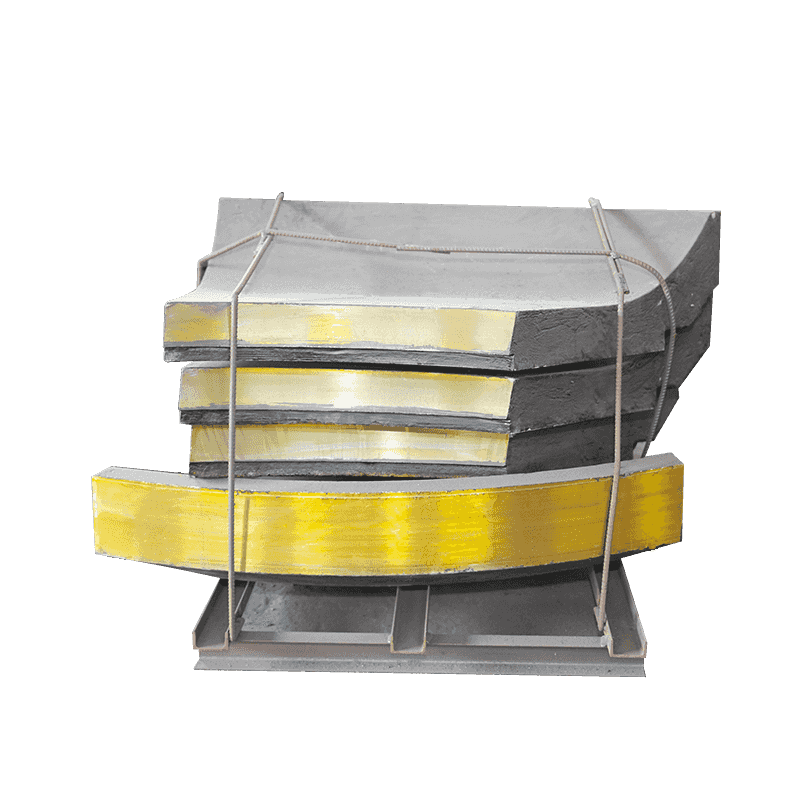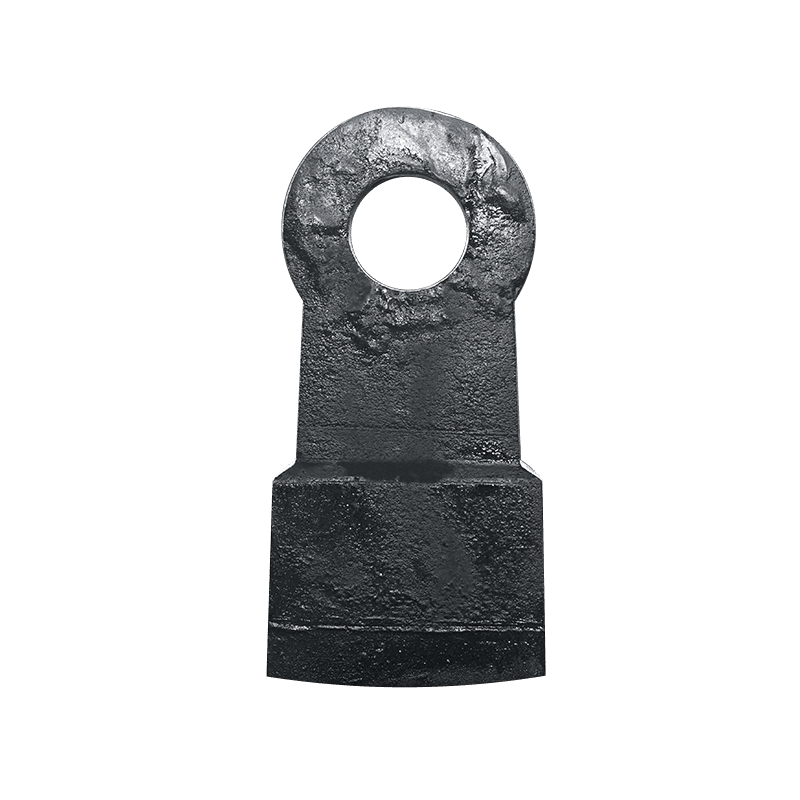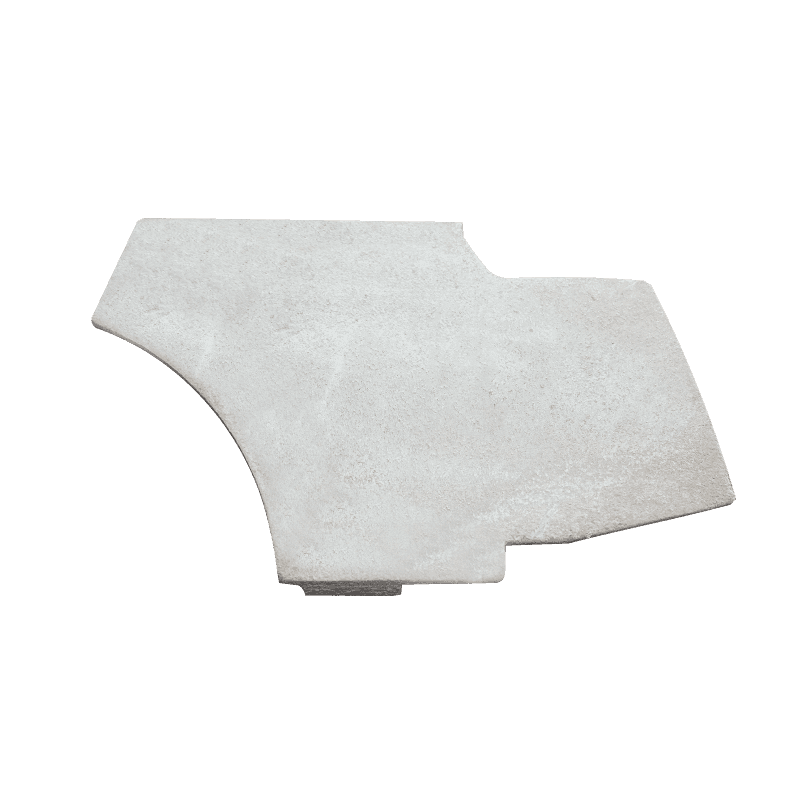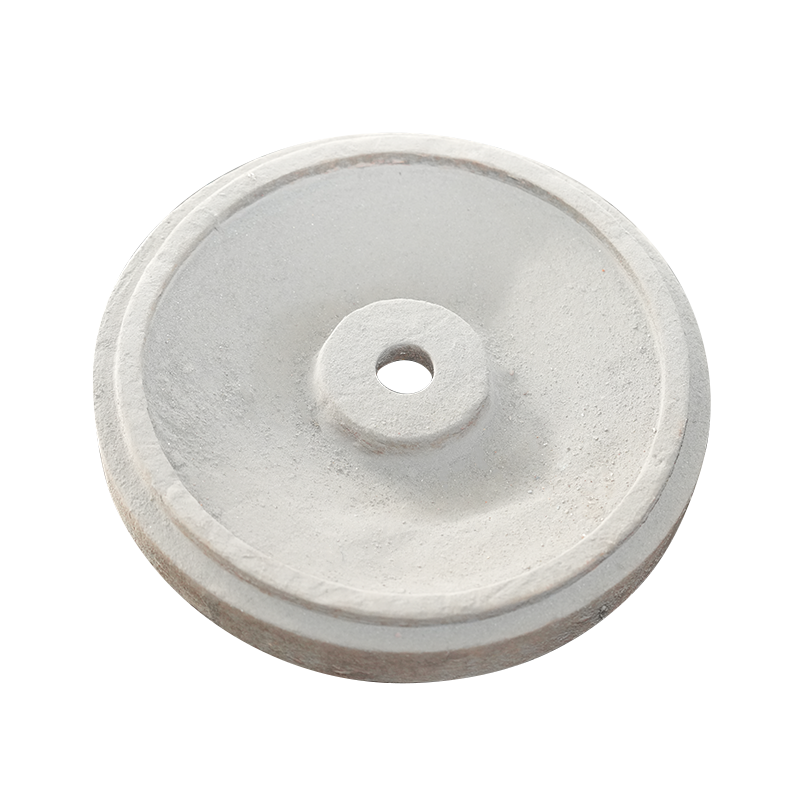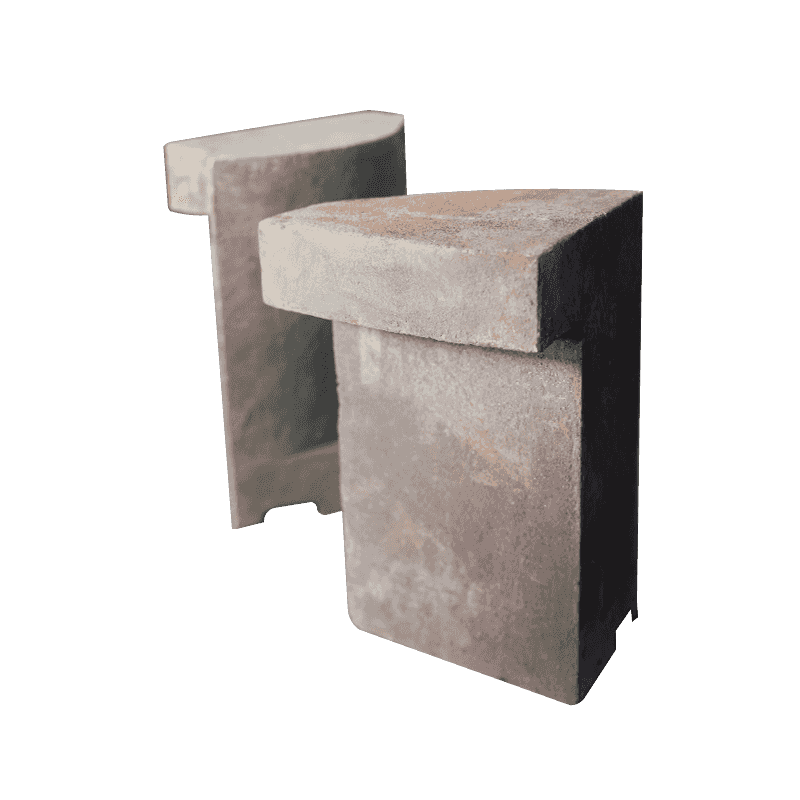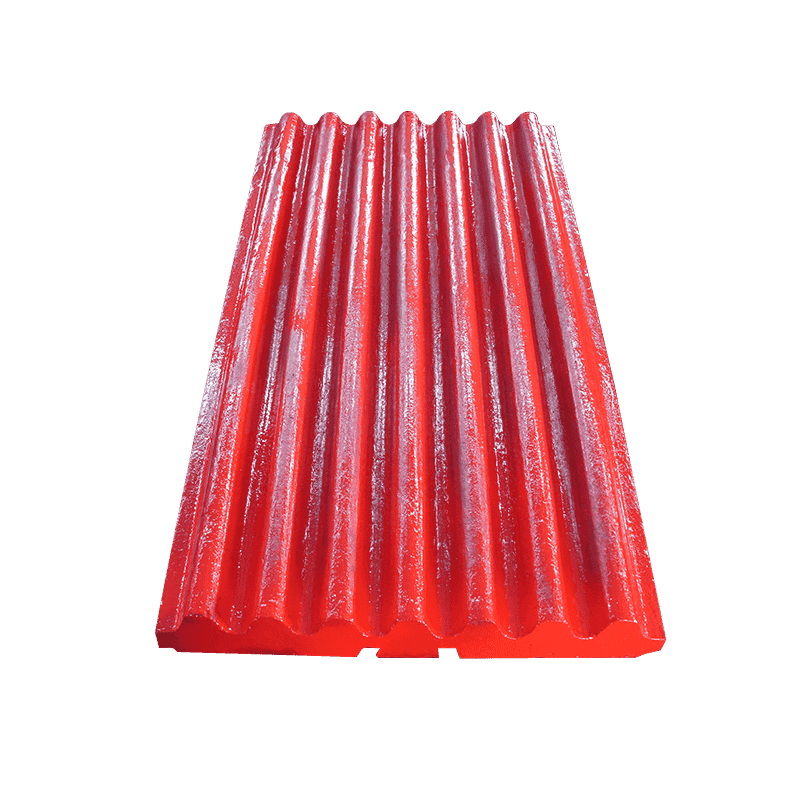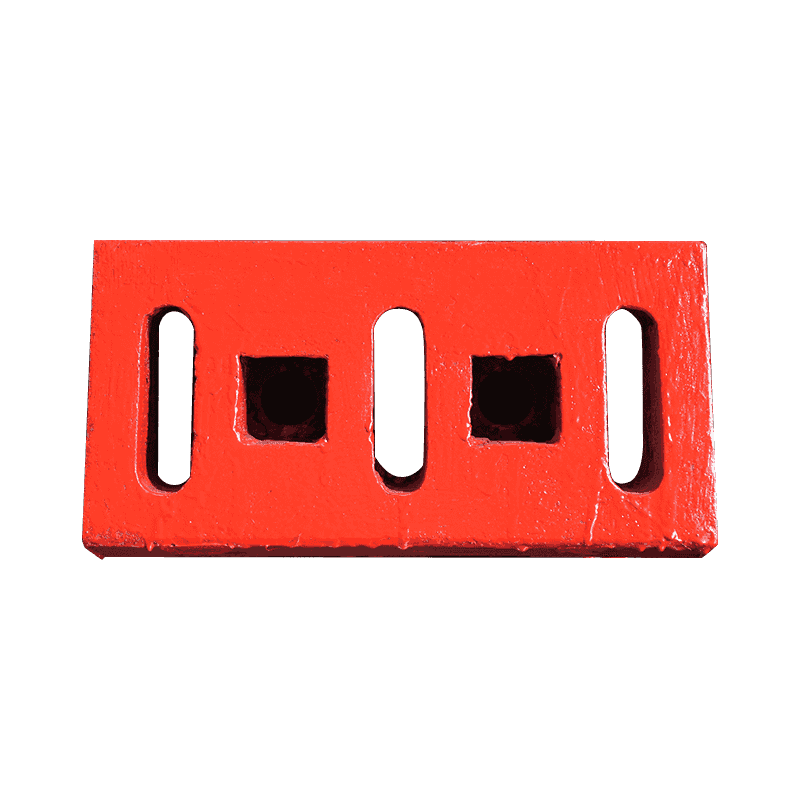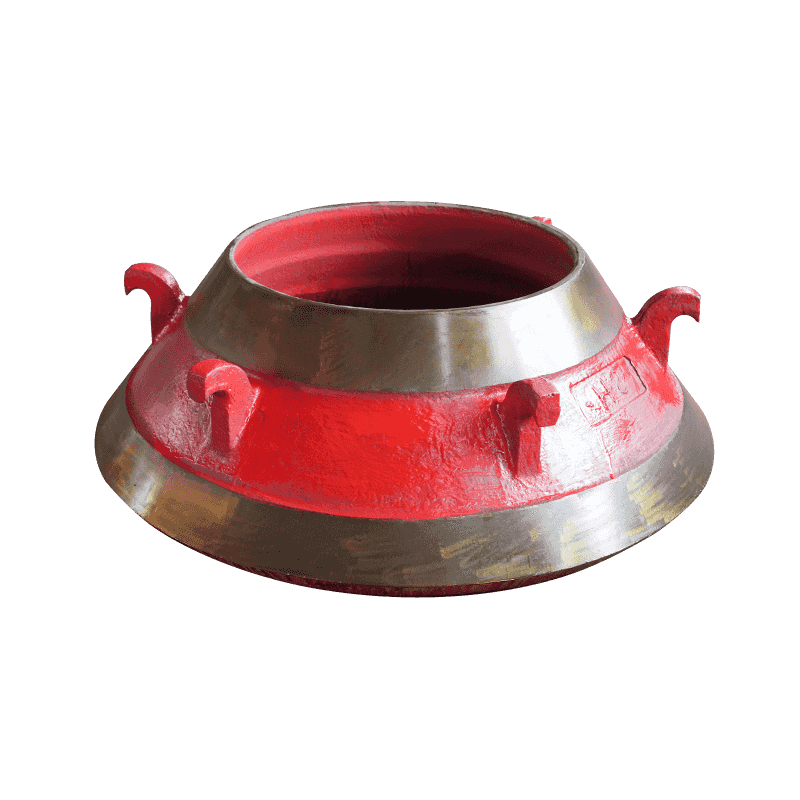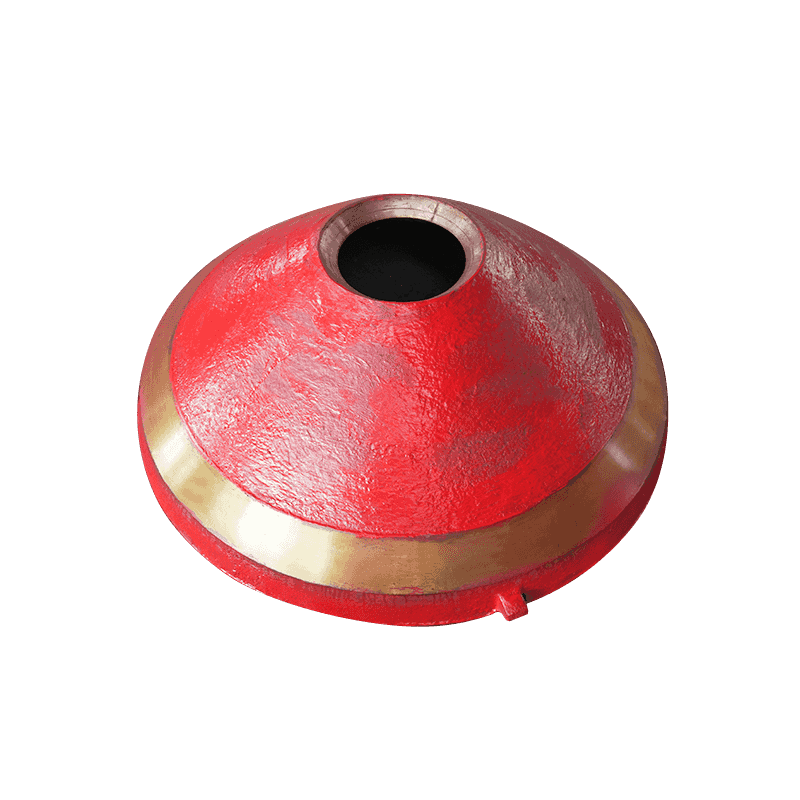What is the reason for the particle size of high chrome plate hammer for impact crusher to exceed the standard?
In the fields of mining, construction waste treatment and sand and gravel aggregate production, impact crushers are core equipment, and the control of their discharge particle size has a vital impact on product quality and production efficiency. As a key vulnerable component of the equipment, the high-chromium plate hammer has excellent wear resistance and impact resistance. However, in actual operation, due to the influence of various factors, the problem of excessive discharge particle size frequently occurs, which seriously affects the stability and economic benefits of the production line.
The wear state of the high-chromium plate hammer is the main factor leading to excessive discharge particle size. Under the condition of long-term impact of high-hardness materials, a non-uniform wear pattern will appear on the surface of the plate hammer, and the wear rate of the edge area is 30% to 50% faster than that of the center area. This uneven wear increases the radius of curvature of the striking surface of the plate hammer, reduces the contact area of ??material collision, and reduces the energy density of a single strike by more than 40%. When the plate hammer is worn to 70% of its original size, its crushing efficiency for the material will drop by 65%, resulting in insufficiently crushed materials entering the discharge port. Monitoring data from a cement plant showed that for every 1mm increase in hammer wear, the proportion of particles larger than 5mm in the discharge will increase by 2.3 percentage points, and when the wear reaches 15mm, the particle size exceedance rate will exceed 30%.
The failure of the gap control between the hammer and the impact plate is the direct cause of the out-of-control particle size of the discharge. In the impact crusher, the gap between the hammer and the impact plate constitutes the key size of the crushing chamber, which directly affects the minimum particle size before the material is discharged. When the gap is enlarged to 1.5 times the design value due to hammer wear or installation deviation, the pass rate of qualified particle size materials will drop sharply from 85% to 45%, resulting in a surge in the content of large particles in the discharge. The case of a construction waste treatment plant shows that for every 1mm increase in the gap, the proportion of particles larger than 10mm in the discharge will increase by 1.8 percentage points, and when the gap reaches 25mm, the particle size exceedance rate will reach 28%. In addition, the wear or loosening of the gap adjustment device will cause the actual gap to deviate from the design value by ±3mm, further exacerbating the particle size fluctuation.
Deviation of equipment operating parameters is also a hidden factor for excessive discharge particle size. Fluctuation of rotor speed directly affects the residence time and collision energy of materials in the crushing chamber. When the speed is lower than 90% of the design value, the movement trajectory of the material in the crushing chamber will be distorted, resulting in a 40% reduction in the number of effective collisions, causing the insufficiently crushed materials to be discharged in advance. Monitoring data from a mining company showed that for every 50r/min reduction in speed, the D90 value of the discharge particle size will increase by 1.2mm. At the same time, excessive feed particle size will exceed the impact capacity threshold of the hammer. When the proportion of materials larger than 20% of the designed maximum particle size in the feed exceeds 15%, the crushing efficiency will drop by 55%, causing large particles to pass directly through the crushing chamber.
Abnormal wear of equipment structural parts also increases the risk of particle size loss. As a key component of the crushing chamber, the wear of the impact plate will cause dynamic changes in the gap with the hammer. When the wear of the impact plate reaches 10mm, the deviation of its surface flatness will exceed ±2mm, causing the collision angle of the material to shift by 20° to 30°, reducing the crushing efficiency by 35%. In addition, the damage or blockage of the grate screen will change the flow characteristics of the discharge channel. When the screen damage rate exceeds 10%, the material discharge efficiency will drop significantly.

 English
English  русский
русский  عربى
عربى 